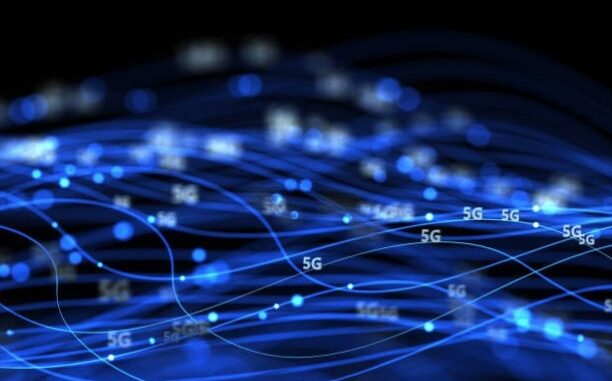
5G services have the potential to revolutionize how enterprises operate by offering faster speeds, lower latency, and greater connectivity
compared to previous generations of wireless technology. Here’s a breakdown of how 5G services can benefit enterprise customers:









1. Enhanced Connectivity and Speed
High-Speed Data Transfer: 5G networks can offer download speeds up to 10 Gbps, significantly faster than 4G LTE. This enables real-time data processing and large-scale data transfers.
Low Latency: 5G’s ultra-low latency (as low as 1 millisecond) allows for near-instantaneous communication, which is critical for applications like remote surgery, autonomous vehicles, and industrial automation.
2. Internet of Things (IoT) Enablement
Massive IoT Deployments: 5G can support up to 1 million connected devices per square kilometer, making it ideal for IoT applications such as smart cities, connected factories, and logistics tracking.
Edge Computing: With 5G, data processing can be done closer to the source, reducing latency and improving efficiency in IoT systems.
3. Industry-Specific Use Cases
Manufacturing and Automation: 5G enables real-time monitoring and control of industrial equipment, improving efficiency and reducing downtime.
Healthcare: Telemedicine, remote patient monitoring, and advanced diagnostics become more reliable and efficient with 5G’s speed and connectivity.
Retail: 5G supports augmented reality (AR) for enhanced shopping experiences, real-time inventory management, and seamless mobile payment systems.
4. Network Slicing
Tailored Connectivity: 5G allows for network slicing, where a single physical network can be divided into multiple virtual networks, each optimized for specific applications or industries. This enables enterprises to have customized network performance based on their unique needs.
5. Security and Reliability
Enhanced Security Features: 5G networks are built with improved encryption, authentication, and security protocols, providing a more secure environment for sensitive enterprise data.
Redundancy and Reliability: 5G networks are designed to be more resilient, offering reliable connectivity even in mission-critical situations.
6. Remote Work and Collaboration
Improved Video Conferencing: 5G enables seamless high-definition video conferencing, reducing lag and improving the quality of remote collaboration.
Cloud Computing Integration: The high speed and low latency of 5G facilitate smoother access to cloud services, allowing employees to work from anywhere with near-instant access to data and applications.
7. Cost Efficiency
Operational Savings: With more efficient and faster connectivity, enterprises can reduce costs related to network infrastructure, maintenance, and downtime.
Automation: 5G can enable higher levels of automation in various sectors, leading to significant cost savings over time.
8. Innovation and Competitive Advantage
New Business Models: Enterprises can explore new business models, such as offering augmented reality (AR) experiences, enhanced customer support through AI, and new product offerings driven by data insights.
Competitive Edge: Early adopters of 5G technology can gain a significant advantage over competitors by offering superior products, services, and customer experiences.
Challenges and Considerations:
Initial Investment: The cost of implementing 5G infrastructure can be high, and enterprises need to consider the return on investment (ROI).
Security Concerns: As with any new technology, 5G comes with security risks that enterprises must address, particularly in areas like data privacy and network integrity.
Integration with Legacy Systems: Enterprises may face challenges integrating 5G with existing systems and technologies.
Conclusion
5G services offer enterprises unprecedented opportunities to enhance their operations, improve efficiency, and innovate. While there are challenges, the potential benefits of adopting 5G technology can far outweigh the risks, especially for businesses that prioritize staying ahead in a competitive market.

Leave a Reply